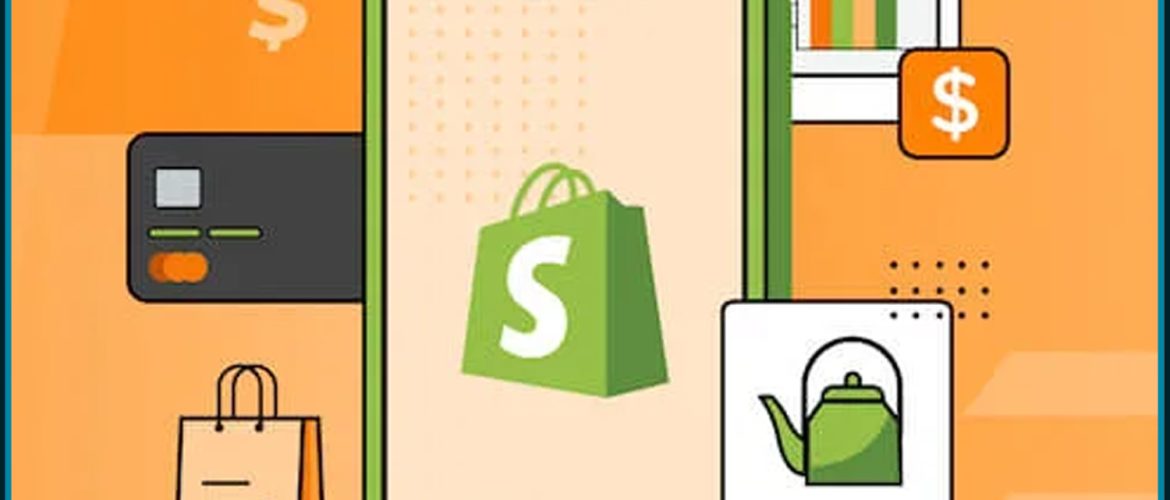What’s a Shopify Store:
Arguably the greatest and easiest platform to use to build an eCommerce site is Shopify and easiest to manage is a Shopify store as well. Creating a Shopify store can be done more quickly and easily, as you are forced to use the interface, payment processor, and other systems of websites like Amazon, eBay, or Etsy which can be acceptable for some people but not for all. While for a Shopify Store, payment options aren’t limited.
Shopify is excellent for creating fully customizable storefronts, but it has one significant drawback: you must advertise your website and products through several marketing channels. People can use Amazon’s product search to find your products if you list them there. People can find you if you list items on eBay using the site search. The majority of markets operate similarly.
With Shopify, you build your website on your domain name and build your reputation and marketing strategy from scratch. Additionally, you are up against sellers of comparable goods on websites or online stores like Amazon that have unlimited SEO value.
Thus, you must spend money on marketing and promotion to succeed with a Shopify store.
Table of Contents
1- Content Marketing
Getting a content marketing engine up and going is the first and most important thing for anyone beginning a business.
Some individuals use that as justification to put things off. That is incorrect. You should get started with content marketing as soon as possible to see results as soon as feasible. Waiting to start will not speed up your progress later; establishing that authority and starting the process will still take time. Get started with your blog with App Development as soon as possible.
2- Influencer Marketing
Influencer marketing is contacting key decision-makers in your target market, establishing a rapport with them, and persuading them to promote your company, brand, or product to their audience. Identifying influential influencers in your target niche is one of many moving parts.
The creation of backlinks is a component of SEO, which I’ll discuss later. Presenting oneself as an authority, an expert, or a thought leader in your field and offering to contribute to numerous websites and blogs in your sector are excellent ways to achieve this. Shopify Development chooses websites connected enough to your business but not direct rivals to attract customers.
3- Affiliate and Referral Marketing
According to studies, if a personal suggestion seems reliable, individuals will believe recommendations from friends, relatives, influencers, and even strangers. Therefore, referral marketing sets up word-of-mouth marketing to increase traffic to a Shopify store.
Through referral programs, you can encourage your current customers to recommend you to others and reward them with bonuses (often non-monetary). As a result, you can use both simultaneously and draw various types of people who could be eager to promote you.
4- Social Media Promotion
Social media platforms are among the finest ways to connect with niche audiences interested in and relevant to your store. Create profiles, post frequently, and interact with the clients that app development draws for you.
5- Newsletter
One of the best resources you can create is a newsletter. Make opting in necessary to claim a pair, include opt-in buttons on your blog, and automatically sign up customers who make purchases.
What do you think about Shopify Development, then? Can you open a Shopify store with the information above? I believe you can.


